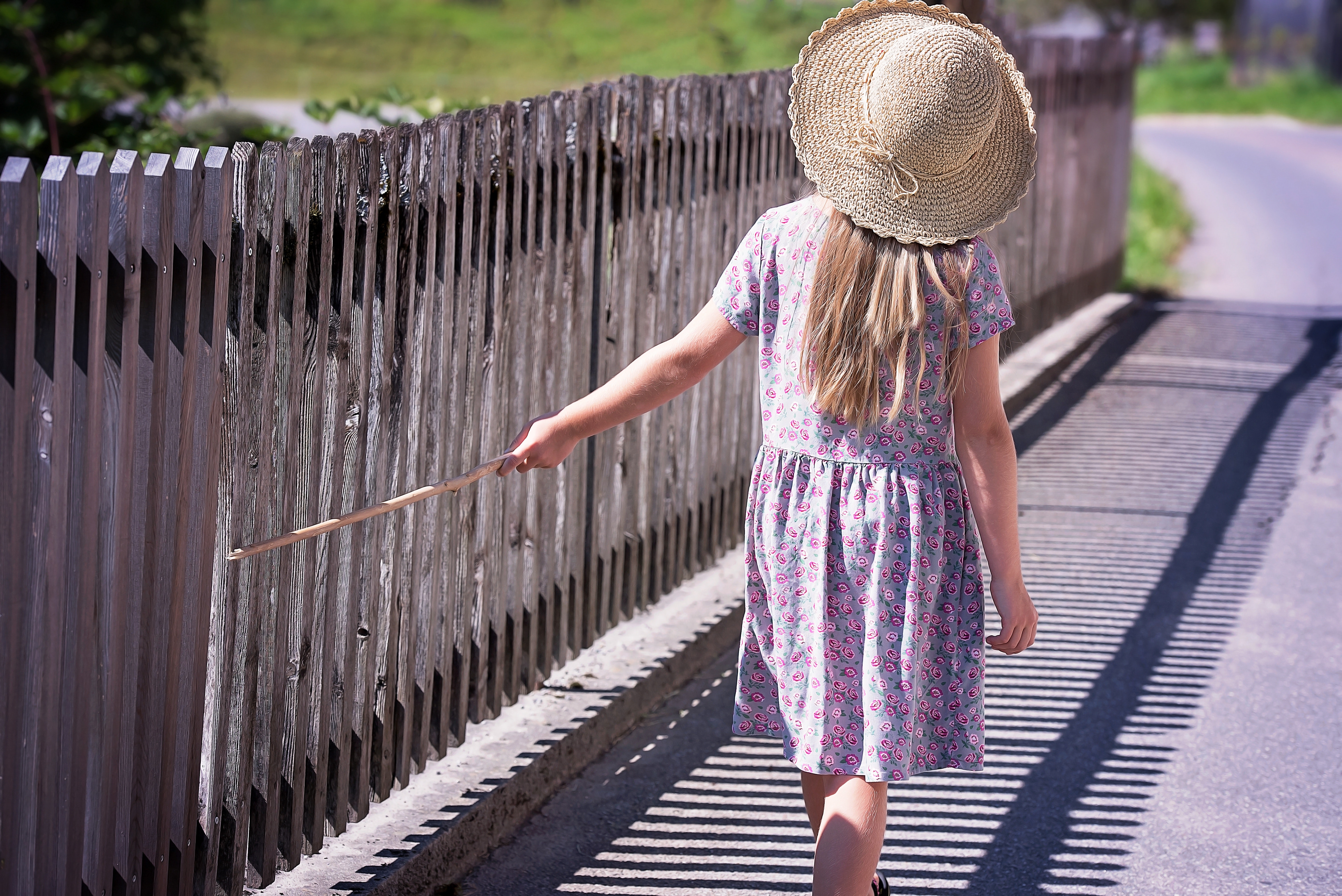
What is mastocytosis?
Mastocytosis (mas • to • cy • to • sis) is a skin condition where you have too many mast cells in some parts of the body.
Cutaneous (cu • ta • ne • ous) mastocytosis is when you have too many mast cells in the skin. Mast cells are a type of normal blood cell that help protect us from infection. They also release histamine. Histamine causes allergic reactions like hives and itching. When too many mast cells gather in the skin you can get a rash or skin bumps and other symptoms like itching.
WHAT CAUSES MASTOCYTOSIS?
In some patients, the cause of mastocytosis is genetic, but in many cases, we don’t know the cause. Cutaneous mastocytosis appears most often within the first few years of life. It is not usually passed down to children from their parents.
WHAT DOES MASTOCYTOSIS LOOK LIKE?
The two most common forms of mastocytosis in children are a single spot (solitary mastocytoma) or multiple brown spots (urticaria pigmentosa).
Urticaria pigmentosa usually appears in children in the first year of life as small brown spots on the skin. Spots can be anywhere on the body, including the face. There are other types of mastocytosis in the skin, but they are much less common.
A mastocytoma usually looks like a tan, brown, flat or slightly raised bump on the skin. The spots may become red, raised and swollen a few minutes after being rubbed or scratched. This is called “Darier’s sign”. Sometimes mastocytomas get so swollen that a blister forms.
HOW IS THE DIAGNOSIS OF CUTANEOUS MASTOCYTOSIS MADE?
The diagnosis can be made after a skin examination by a dermatologist. In order to be sure of the diagnosis, your dermatologist may rub or lightly scratch the spot to see if it gets swollen and red. In some cases, a skin biopsy may need to be done to confirm the diagnosis. Your doctor may ask about symptoms that sometimes happen in people that have mastocytosis, like if your child has flushing or diarrhea. If you have many spots or symptoms, your doctor may wish to order a blood test.
ARE THERE ANY COMPLICATIONS OF MASTOCYTOSIS?
Most children with mastocytosis do not have any related problems or complications. The most common symptoms are itching or mild redness. This can happen especially after skin irritation, like rubbing, friction or heat.
Serious complications of mastocytosis are rare, especially in children. When children have many skin spots they may have diarrhea, abdominal pain, or tiredness, but again this is uncommon. Very rarely, children can have swelling and difficulty breathing (anaphylaxis) after an insect bite or other triggers. Some children with severe reactions like this may need an epinephrine pen (EpiPen®).
MANAGING MASTOCYTOSIS
CHECK-UPS WITH YOUR DOCTOR
Once a diagnosis is made, your doctor may want to see you for check-ups. Your doctor may check your skin and other areas like the liver and lymph nodes. The mastocytoma spots tend to get less red and inflamed as children get older. In many children, skin spots get lighter and go away before puberty.
AVOID TRIGGERS
Swelling and itching in mastocytosis are caused by histamine and other chemicals released by mast cells. Triggers of histamine release may be different for each person, and some will affect some people more than others.
Possible Triggers:
- Friction
- Pressure
- Temperature change (hot to cold, cold to hot)
- Certain medications, such as aspirin, narcotics and NSAIDs (i.e. ibuprofen)
- Certain types of anesthesia (if your child is going to have an operation, be sure their anesthesiologist knows they have mastocytosis)
- Bee stings
MEDICINES
In most cases, treatment with medicines is not necessary. Antihistamines and topical steroids can be used as needed for a few days to help with itching and redness. People who have lots of spots, itching and redness can take daily antihistamines to help prevent the spots from getting red and itchy.
WHERE CAN I FIND SUPPORT FOR MY CHILD WITH MASTOCYTOSIS?
Masto Kids exists to provide support for children with mastocytosis and their families. Learn more at www.mastokids.org.
© 2018 The Society for Pediatric Dermatology